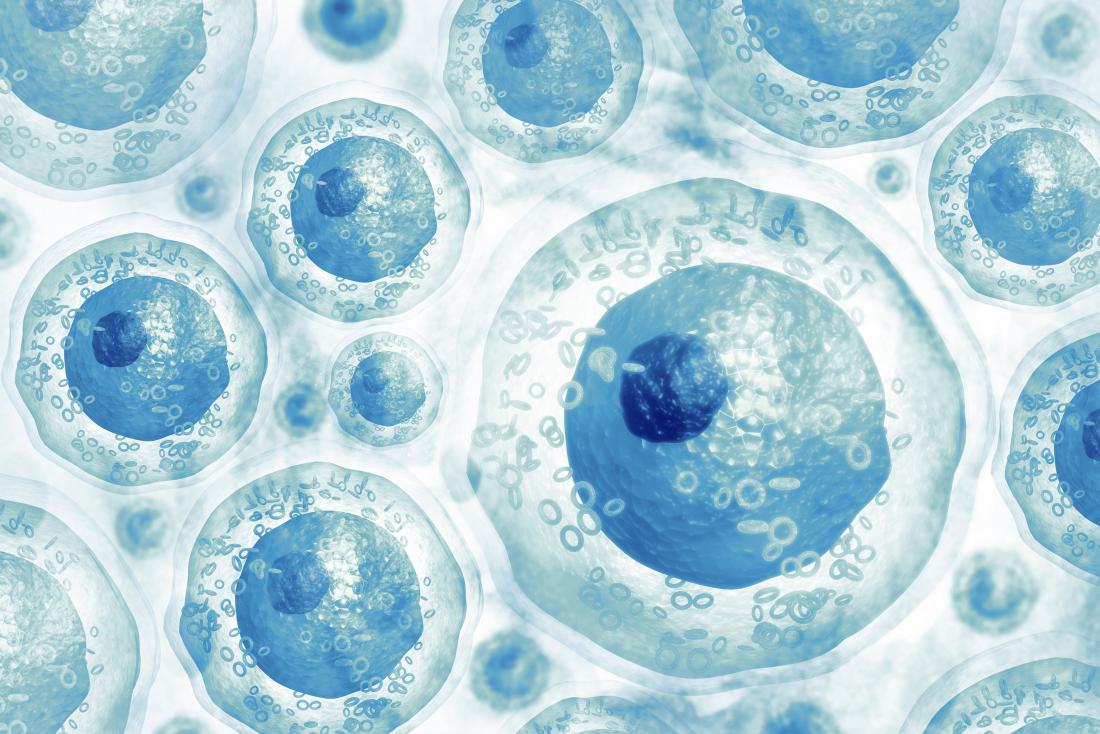In the vast world of botany, plants have long been sources of sustenance and inspiration, but recent explorations reveal they harbor tiny, powerful structures known as plant-derived exosomes. These nanoscale vesicles, often referred to as plant-derived exosome-like nanoparticles (PELNs) or nanovesicles (PDENs), act as natural couriers within and between cells. Measuring typically between 30 and 150 nanometers in diameter, with some variations up to 200 nanometers, they facilitate communication by transporting bioactive molecules across kingdoms. Unlike their mammalian counterparts, which contain cholesterol, plant exosomes are phospholipid-rich and cholesterol-free, offering a unique profile that sparks interest in eco-conscious applications. Researchers estimate that these structures enable plants to exchange information with microbes, fungi, and even animal cells, highlighting their role in cross-species interactions. With over 1,549 publications on the topic from 2009 to 2024, the field is expanding rapidly, averaging 103 publications annually. This surge underscores a growing recognition of their potential in sustainable practices, where natural abundance meets innovative utility.
From Roots to Revolution: Discovering Plant Exosomes
The journey into plant exosomes began in the 1960s, when electron microscopy first captured extracellular vesicles in carrot cell cultures. It wasn't until 2009 that scientists isolated exosome-like vesicles from sunflower plants, ranging from 20 to 200 nanometers, using transmission electron microscopy and proteomic analysis. Since then, sources have proliferated, encompassing fruits like grapes, lemons, grapefruits, oranges, pomegranates, blueberries, strawberries, coconuts, kiwifruits, and tomatoes; vegetables such as ginger, broccoli, carrots, shiitake mushrooms, cabbages, cucumbers, potatoes, and celery; and herbs including ginseng, tea flowers, oats, mulberry bark, dandelions, and honeysuckle. This diversity reflects the accessibility of these materials from everyday edible plants, grown worldwide. Indonesia, a hub for herbal diversity, remains an untapped reservoir for novel exosome sources. The discovery process has evolved with advanced imaging, revealing how these vesicles form from multivesicular bodies in plant cells, budding outward to carry cargo. By 2024, annual research output reached 376 publications, a dramatic increase from just eight in 2009, with growth rates peaking at 175 percent in 2011. This timeline illustrates a shift from basic observation to sophisticated analysis, driven by 8,440 authors across 84 countries and 2,181 institutions.
Nature's Nanoscale Packages: Composition and Properties
At their core, plant exosomes are composed of proteins, lipids, nucleic acids, and secondary metabolites, each contributing to their stability and functionality. Proteins, often in lower concentrations than in animal-derived vesicles, include cytosolic types like heat shock proteins (HSP70 and HSP80) and membrane proteins such as aquaporins and chloride channels. Lipids form the bilayer structure, with phosphatidic acid comprising up to 40 percent in ginger-derived exosomes, alongside galactolipids like monogalactosyldiacylglycerol (around 20 percent) and digalactosyldiacylglycerol (30-40 percent). Nucleic acids, particularly microRNAs (miRNAs) 17 to 24 nucleotides long, are abundant; one study identified 418 distinct miRNAs across 11 plant types, including ginger and coconut. Secondary metabolites add flavor, such as 6-gingerol in ginger or sulforaphane in broccoli, enhancing their natural bioactive profile. These components confer properties like enhanced biocompatibility and stability, with densities between 1.13 and 1.19 grams per milliliter. Compared to synthetic nanoparticles, plant exosomes exhibit lower immunogenicity and better cellular uptake, making them intriguing for delivery systems. Their phospholipid nature protects cargo during transit, allowing for potential cross-kingdom transfer of information.
Harvesting the Future: Isolation and Production Techniques
Extracting plant exosomes involves precise methods to ensure purity and yield. Common techniques include differential ultracentrifugation, applying forces up to 200,000 g, which is considered the gold standard for its cost-effectiveness. Density gradient centrifugation using sucrose (10-90 percent) yields high purity, though it's time-intensive. Ultrafiltration employs membranes with 0.1 to 0.8 micrometer pores for efficiency, while size exclusion chromatography preserves structure but offers lower yields. Polymer precipitation with polyethylene glycol (PEG6000) processes large samples quickly, producing smaller particles. Yields vary: grapefruit juice provides 9 × 10^10 particles per milliliter via ultracentrifugation, while ginger yields 1 × 10^12 particles per kilogram through density gradient methods. From 1,000 grams of ginger, approximately 50 milligrams of purified exosomes can be obtained. Characterization uses tools like nanoparticle tracking analysis for size and concentration, or transmission electron microscopy for morphology. Storage techniques, such as cryopreservation at -80°C with trehalose (25 mM), maintain viability for up to six months. These methods highlight scalability, with pH adjustments (e.g., pH 4 for ginger) boosting output and miRNA content.
Green Giants: Sustainability in Exosome Production
What sets plant exosomes apart is their alignment with sustainable principles. Derived from renewable, cultivable plants, they enable large-scale production as "nano-factories" with minimal environmental footprint. Unlike mammalian sources, which face scalability and ethical hurdles, plant materials like fruit wastes reduce food security concerns. Global biodiversity supports mass cultivation; for instance, using by-products from agriculture minimizes waste. Their natural origin ensures low toxicity and biocompatibility, avoiding synthetic chemicals. Research clusters in pharmacology and biochemistry emphasize eco-friendly extraction, with China leading at 35 percent of publications (544 total), followed by the United States (225). Institutions like Nanjing University of Chinese Medicine contribute significantly, fostering collaborations across borders. This approach promotes a circular economy, where plant cultivation yields both food and nanocarriers, reducing reliance on resource-intensive synthetics.
Bridging Kingdoms: Potential in Biomedical Delivery
Plant exosomes hold promise as carriers for bioactive compounds, leveraging their lipid bilayer for encapsulating hydrophilic and hydrophobic cargos. Their uptake efficiency exceeds 80 percent in some models, compared to 40 percent for liposomes. Modifications like PEGylation or ligand addition enhance targeting and circulation. Examples include grapefruit exosomes loading doxorubicin, increasing capacity fourfold, or orange-derived ones delivering mRNA. Ginger variants carry siRNA, while grape ones encapsulate curcumin, boosting solubility. This versatility spans oral, transdermal, and targeted delivery, capitalizing on natural miRNAs for gene regulation. With fewer proteins (e.g., 28 in grapes versus over 1,000 in mammalian), they offer a streamlined platform. Such capabilities could transform how we approach delivery systems in a sustainable framework.
Numbers That Tell the Story: Facts and Figures
Diving into data, plant exosomes from cabbage yield 0.432 × 10^9 particles per microgram of protein via ultracentrifugation. Ginseng provides 5.62 × 10^11 particles per gram. Lipid compositions vary: orange juice exosomes contain 40 percent phosphatidylethanolamine and 25 percent phosphatidylcholine. Research citations peak with works like Teng et al. (2018) at 674 citations. Keyword analysis shows "exosomes" and "drug delivery" dominating, with 4,487 terms analyzed. Global output: Italy ranks third with 149 publications, India fourth at 94. These metrics paint a picture of a burgeoning field poised for impact.
Horizons of Hope: The Path Ahead
Looking forward, challenges like standardization of nomenclature and extraction variability persist, influenced by plant species and environment. Advances in AI and multi-omics could optimize production, ensuring consistency. With interdisciplinary efforts, plant exosomes may redefine sustainable medicine, harnessing nature's ingenuity for future innovations. Their renewable essence invites a greener era in nanotechnology.
Unlock the future of sustainable innovation with StemNovaNetwork's premium wholesale plant-derived exosomes—nature's nanoscale powerhouses from ginger, grapefruit, and more. These cholesterol-free vesicles, 30-150nm in size, deliver bioactive cargos with 80%+ uptake efficiency, outshining synthetics in biocompatibility and eco-friendliness. Sourced renewably, our exosomes boast yields up to 1×10^12 particles/kg, loaded with miRNAs and lipids for superior stability. Ideal for green delivery systems, they slash waste and boost scalability.
Elevate your product line—partner with StemNovaNetwork for bulk purity and global impact. Schedule a call today to explore wholesale opportunities and customize your nano-revolution!
Reference:
1. Beihaghia, M., Sahebi, R., Beihaghi, M., Tehrani, H., Dowom, S., neissiani, R., … & Janati, Z. (2023). Development of skin diseases treatment based on exosome derived from plants, humans, medicinal algae and fungi.. https://doi.org/10.20944/preprints202312.0021.v1
2. Cai, J., Xu, J., Ye, Z., Wang, L., Zheng, T., Zhang, T., … & Zhao, J. (2023). Exosomes derived from kartogenin-preconditioned mesenchymal stem cells promote cartilage formation and collagen maturation for enthesis regeneration in a rat model of chronic rotator cuff tear. The American Journal of Sports Medicine, 51(5), 1267-1276. https://doi.org/10.1177/03635465231155927
Huang, H., Chen, P., Feng, X., Qian, Y., Peng, Z., Zhang, T., … & Wang, Q. (2024). Translational studies of exosomes in sports medicine – a mini-review. Frontiers in Immunology, 14. https://doi.org/10.3389/fimmu.2023.1339669




